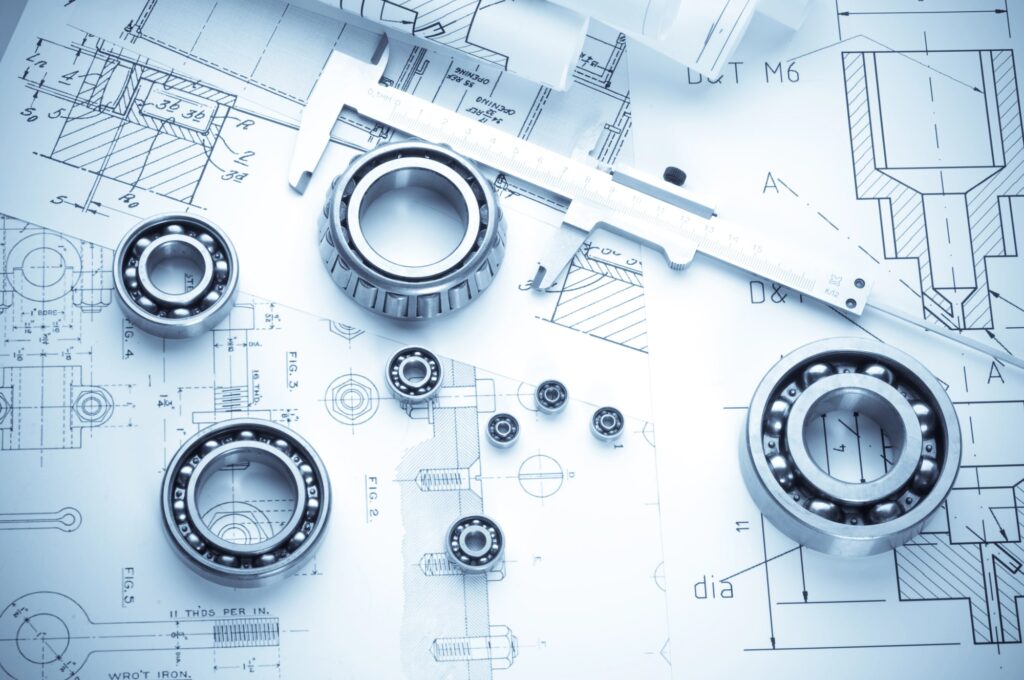This post covers ALECSO’s recent decision to add the Kuwait Towers to its Arab Heritage List under the modern architecture category.
I explain why this recognition matters for architectural heritage, urban identity, preservation policy, and cultural tourism.
I draw on three decades of experience in architecture and engineering to put the listing into context for practitioners and policymakers.
What ALECSO’s listing means for Kuwait Towers
The Arab League Educational, Cultural and Scientific Organization (ALECSO) announced the addition during its ninth regional forum in Beirut on July 28.
The decision highlights the Towers’ distinctive engineering and creative design, recognizing their role in balancing contemporary forms with national identity.
Book Your Dream Vacation Today
Flights | Hotels | Vacation Rentals | Rental Cars | Experiences
Unlike more global registers, ALECSO’s Arab Heritage List emphasizes the continuity of Arab cities that maintain traditional character while evolving.
This distinction positions the Kuwait Towers as a case study of how modern architecture can be rooted in local cultural narratives.
Why the Kuwait Towers stand out
The ALECSO evaluation jury praised the Towers for embodying a forward-looking vision within Arab urban culture.
The project blends structural innovation with an aesthetic that references regional identity—an approach that many modern Arab projects aspire to emulate.
As an architect and engineer with 30 years in the field, I see three technical and cultural attributes that make the Kuwait Towers significant:
Implications for preservation, tourism, and urban identity
Recognition on ALECSO’s list is more than symbolic.
It opens avenues for protection, funding prioritization, and public engagement initiatives focused on modern Arab architectural heritage.
The register aims to protect sites under threat and to heighten awareness of their role in shaping national identity and sustainable urban development.
For planners, conservationists, and tourism strategists, the listing is a prompt to translate recognition into tangible actions.
Preservation plans, interpretive programming, and sensitive maintenance strategies should respect both material fabric and cultural narratives.
Practical benefits and next steps
Here are the immediate and medium-term outcomes we should anticipate. Practical steps stakeholders can take to leverage the listing include:
Here is the source article for this story: Kuwait Towers, a beacon of modern Arab architecture: ALECSO
Book Your Dream Vacation Today
Flights | Hotels | Vacation Rentals | Rental Cars | Experiences

